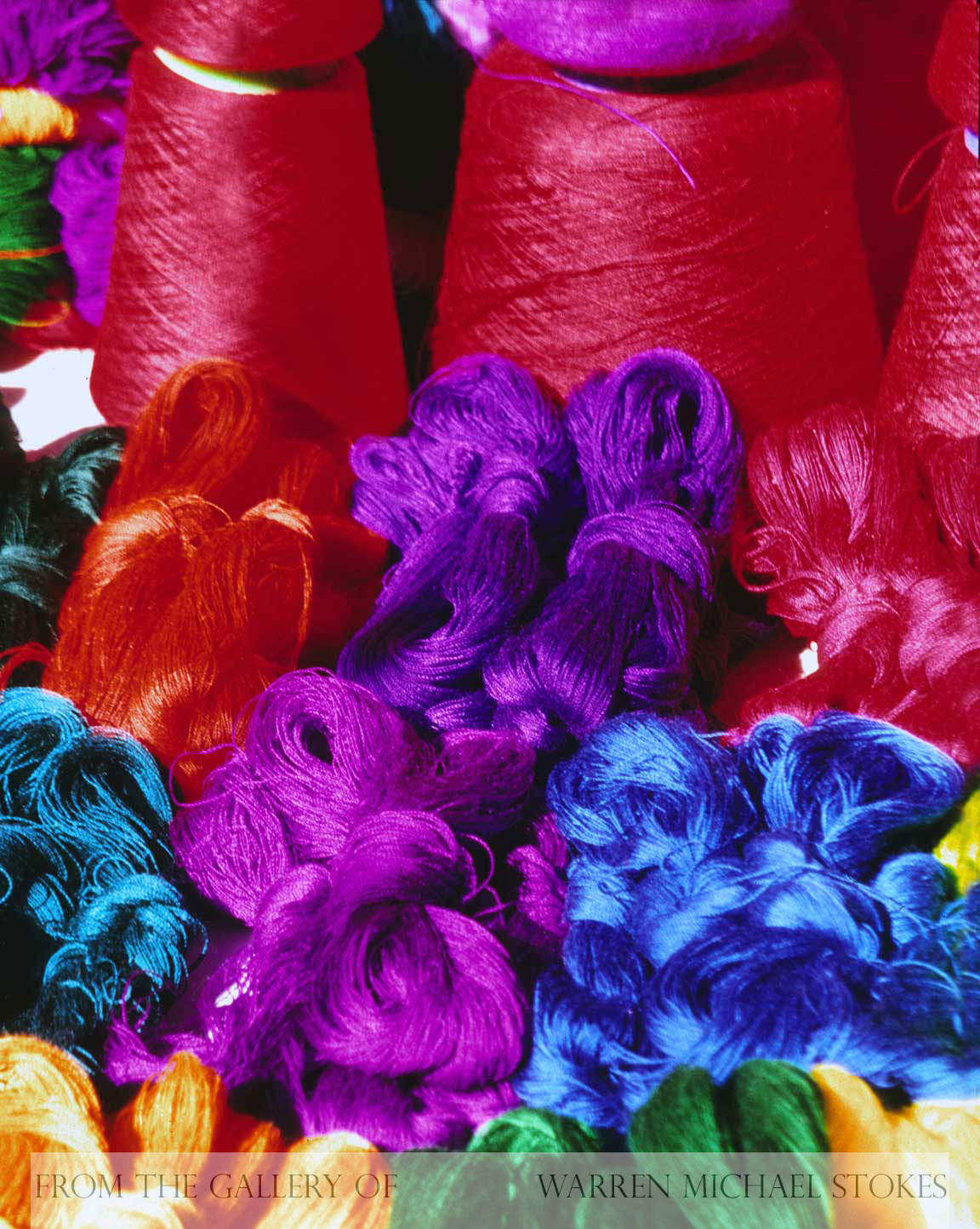They also produced the color purple or lavender from the murex mollusks that were found on the seacoast. Dye makers rubbed two of the mollusks together in order to extract the dye.
That sounds simple enough, but it also involved some real chemistry:
https://hal.science/hal-03202592/document
Purple was one of the most expensive and difficult dyes to acquire and process. 1 gram takes 10,000 snails. In Europe, it was solely used for kings.
This feels like a dumb question, but I’ll ask it anyway - Why not just mix red & blue dyes?
I don’t really have great knowledge on this topic but my understanding is that it wasn’t just because it was purple, it was that the resulting purple dye was excellent; it was bright, beautiful and never faded. You can dye stuff purple with cabbage but it’s just not a very good dye in those regards
I think it’s because the colours are generated by a chemical reaction from e.g. woad (-> blue) or madder (-> red) which happen under different conditions.
Tyrian Purple: https://en.m.wikipedia.org/wiki/Tyrian_purple


